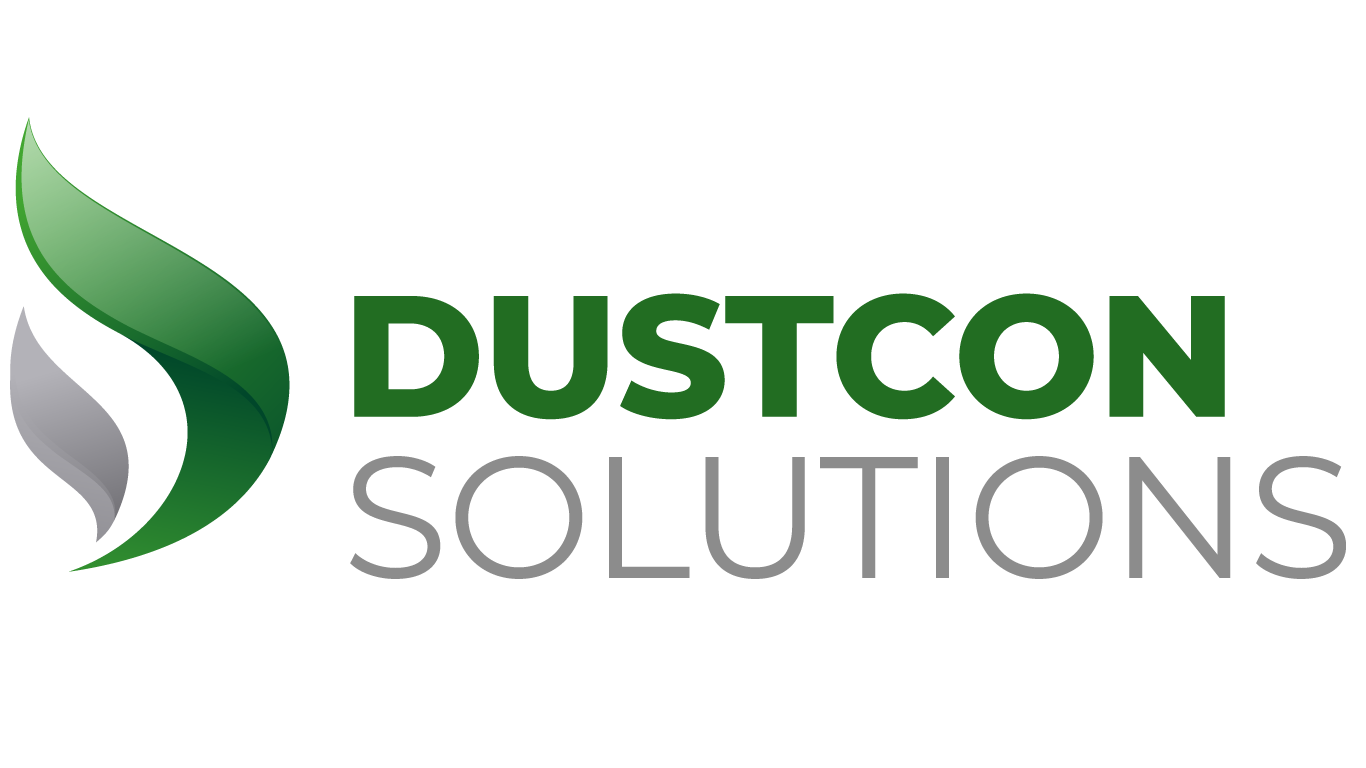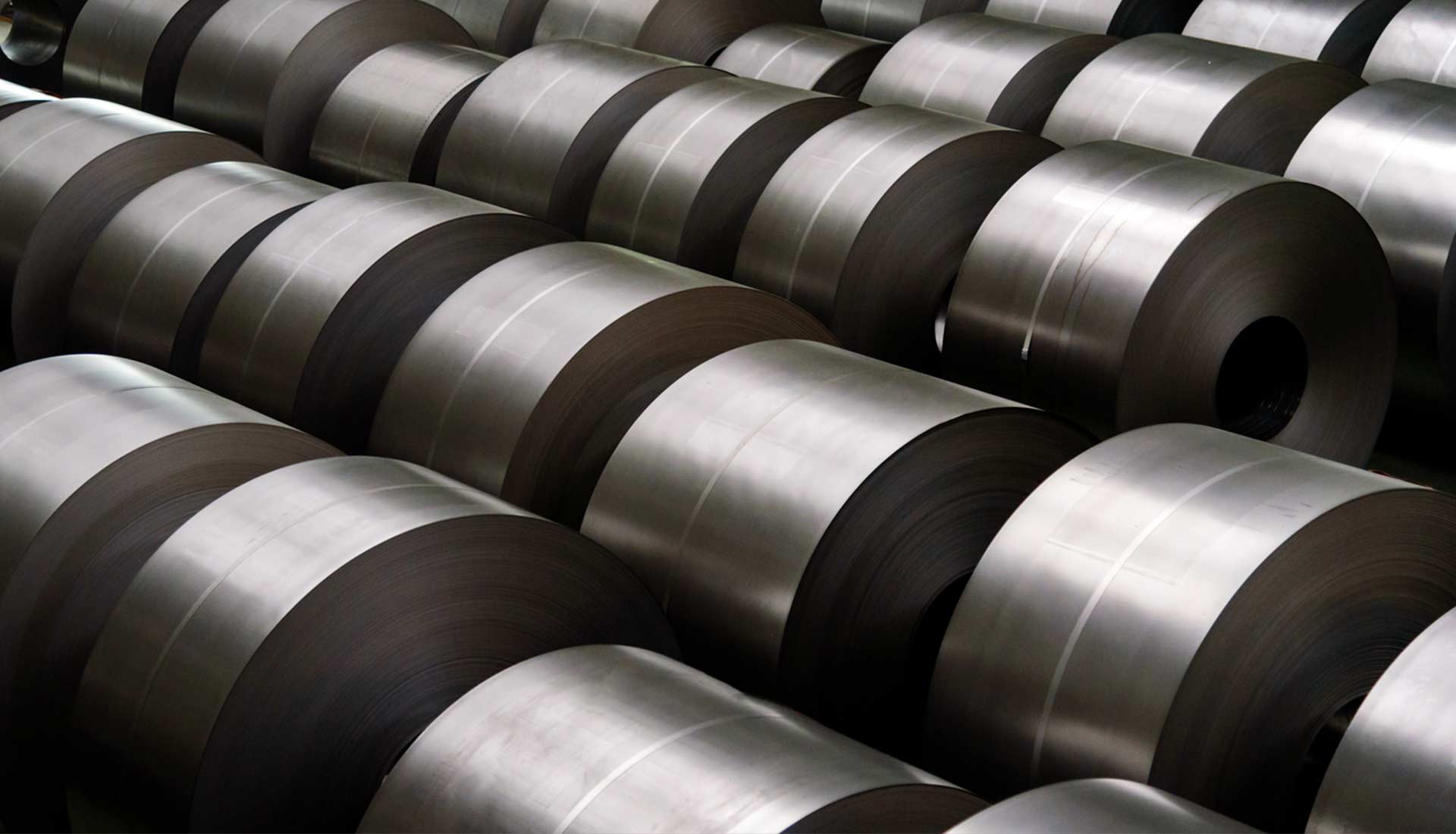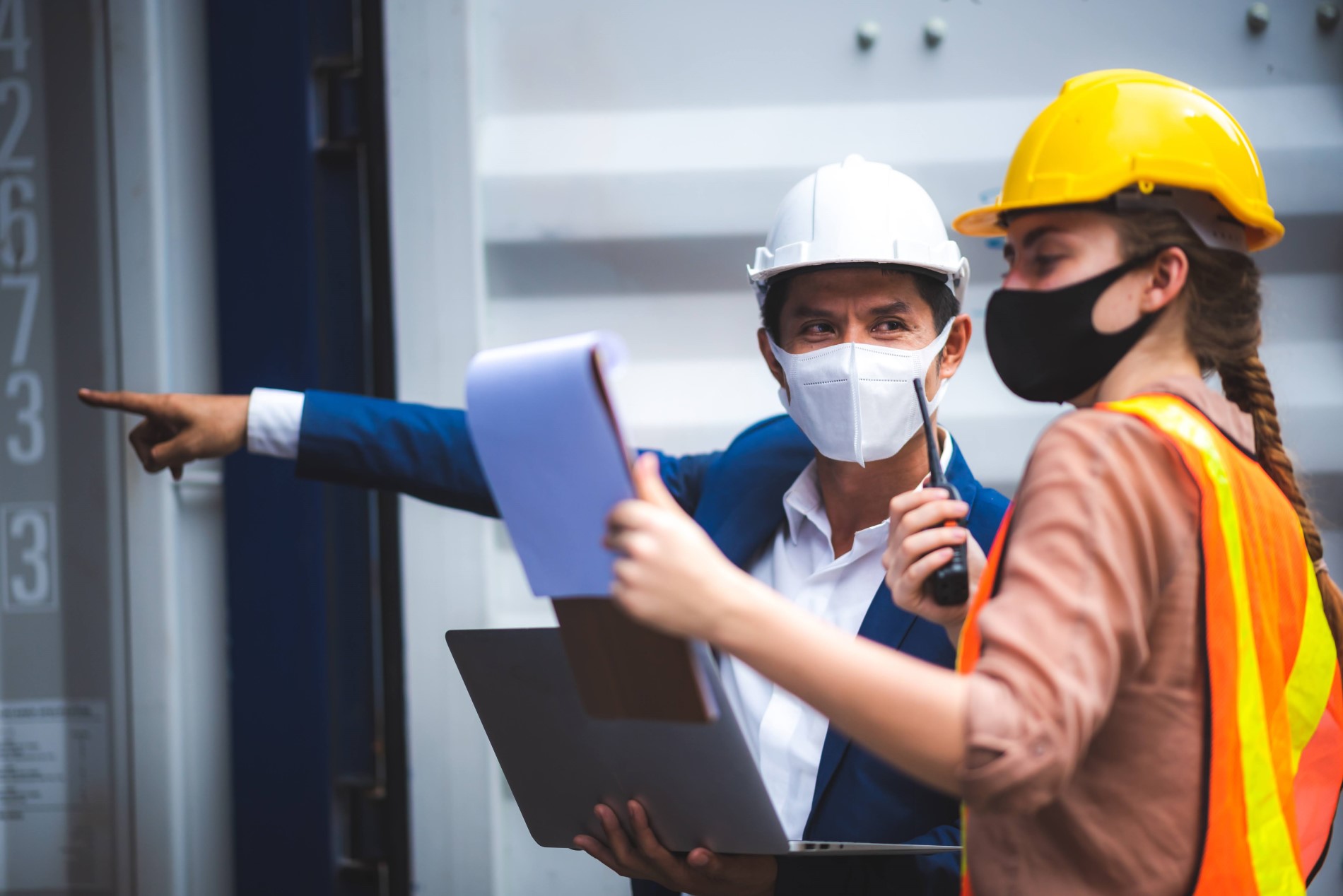

Understanding Explosion Severity Testing – What are PMAX and KST?
Explosion severity testing is a critical process in ensuring the safety of industrial facilities that handle combustible materials. It involves measuring the severity of an explosion that may occur in a given environment to determine its potential effects on the surrounding structures, equipment, and personnel. The test results provide crucial information that helps engineers and safety experts to design and implement effective measures to mitigate the risk of explosions.
The primary objective of explosion severity testing is to determine the maximum explosion pressure and the maximum rate of pressure rise that can occur during an explosion in a given location. These parameters provide important insights into the potential severity of an explosion, including the amount of damage it could cause to equipment, structures, and people in the vicinity. The testing process also aims to identify the minimum concentration of combustible material required for an explosion to occur, which is a critical factor in designing safe handling and storage systems.
The explosion severity testing process involves several steps. The first step is to select the test site and prepare it for the testing process. The site should be a representative area of the actual working environment, and it should be free from any potential hazards that could interfere with the testing process. The test site should also be properly ventilated to ensure that any gas or dust released during the test does not pose a risk to the testing personnel or surrounding environment.
The second step is to introduce the combustible material into the test chamber, creating an explosive atmosphere. The concentration of the combustible material gradually increases until an explosion occurs. During this phase, the test personnel closely monitor the pressure and temperature changes in the test chamber, recording the data in real-time. Once an explosion occurs, the test personnel measure the maximum explosion pressure, the maximum rate of pressure rise, and the duration of the explosion.
KST and PMAX are two important parameters measured during explosion severity testing.
PMAX and KST are terms commonly used in the field of dust explosion analysis to characterize the explosibility of a dust or powder. These parameters provide valuable information about the potential severity of a dust explosion and are crucial for assessing safety measures and designing explosion protection systems. Here’s a quick guide to understanding PMAX and KST:
- PMAX (Maximum Pressure): PMAX represents the maximum pressure generated during a dust explosion. It indicates the peak overpressure exerted on the surrounding environment when a dust cloud ignites and rapidly combusts. PMAX is typically measured in pounds per square inch (psi) or bar.
- KST (Deflagration Index): KST, also known as the deflagration index, quantifies the relative explosibility of a dust or powder. It measures the rate at which pressure increases during the early stages of a dust explosion. KST is expressed in units of bar-meter per second (bar.m/s).
Both PMAX and KST are determined through laboratory testing using standardized methods, such as the ASTM E1226 or the ISO 6184 series of tests. These tests involve igniting a dust cloud in a controlled environment and measuring various parameters, including pressure, flame propagation, and rate of pressure rise.
PMAX and KST are specific to each type of dust or powder, as their explosibility characteristics can vary significantly. Different dusts have different particle sizes, chemical compositions, and moisture contents, all of which can affect their explosibility.

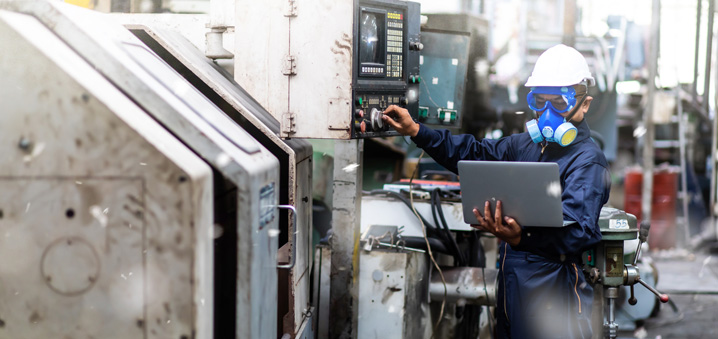
Why is PMAX and KST Testing Important?
The KST (deflagration index) and PMAX (maximum explosion pressure) tests are important for assessing and understanding the potential hazards associated with flammable materials or gases. These tests provide valuable information that is crucial for ensuring the safety of personnel, equipment, and facilities in industries where the risk of explosions exists. Here are the reasons why these tests are significant:
- Hazard Identification and Classification: The KST and PMAX tests help in identifying the explosibility characteristics of a substance or mixture. By determining the maximum explosion pressure (PMAX) and the deflagration index (KST), the material can be classified into appropriate hazard categories based on recognized standards and guidelines. This classification assists in determining the necessary precautions and control measures to mitigate the risks associated with handling, storage, and processing of the material.
- Risk Assessment: The data obtained from KST and PMAX tests play a crucial role in assessing the potential risks posed by a substance or mixture. Understanding the explosibility parameters allows for evaluating the severity and extent of potential explosions. This information aids in developing appropriate risk management strategies and implementing preventive measures to minimize the likelihood and consequences of explosions.
- Facility Design and Layout: The KST and PMAX values are essential for designing facilities and layout configurations that can withstand and contain potential explosions. The maximum explosion pressure (PMAX) provides insight into the pressure levels that equipment, vessels, and structures need to withstand. This data assists engineers and designers in determining appropriate material selection, reinforcement, venting, and explosion suppression systems to ensure the safety and integrity of the facility.
- Process Safety Measures: The KST and PMAX tests are valuable tools for implementing effective process safety measures. With knowledge of the explosibility characteristics, such as the deflagration index (KST) and maximum explosion pressure (PMAX), safety systems can be designed and implemented, including explosion venting, suppression, or isolation systems. These measures are crucial for rapidly controlling and mitigating the effects of an explosion, minimizing damage, and protecting personnel.
- Regulatory Compliance: Many industries are subject to specific regulations and standards regarding the handling, storage, and processing of flammable materials. Compliance with these regulations often requires conducting KST and PMAX tests to assess the explosibility characteristics of the materials involved. Accurate and up-to-date data obtained from these tests are essential for demonstrating compliance with safety regulations and ensuring a safe working environment.
The KST and PMAX tests are important tools for assessing and managing the risks associated with flammable materials. They provide critical information for hazard identification, risk assessment, facility design, process safety measures, and regulatory compliance, ultimately contributing to the prevention and mitigation of explosions and ensuring the safety of personnel and assets.


Addressing NFPA 652 Standard Regarding Combustible Dusts
Do you operate a facility that requires you to engage with substances that are dusty or powdery in n

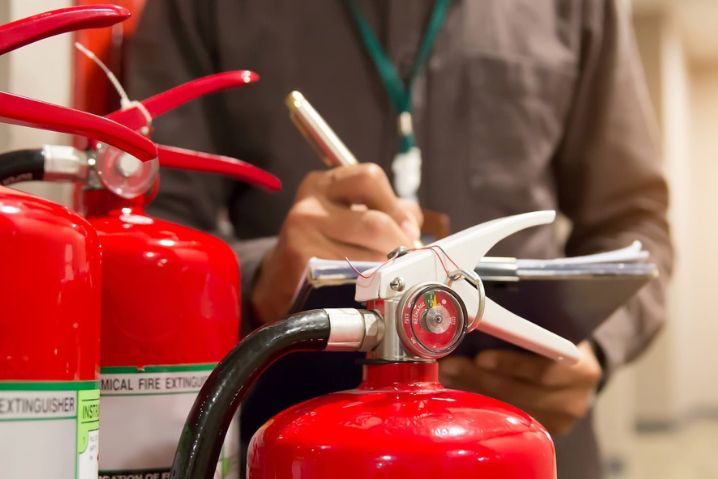
6 Industries Added by OSHA to the Combustible Dust NEP Program
n late January 2023, a new version of the Combustible Dust National Emphasis was issued by the Occup

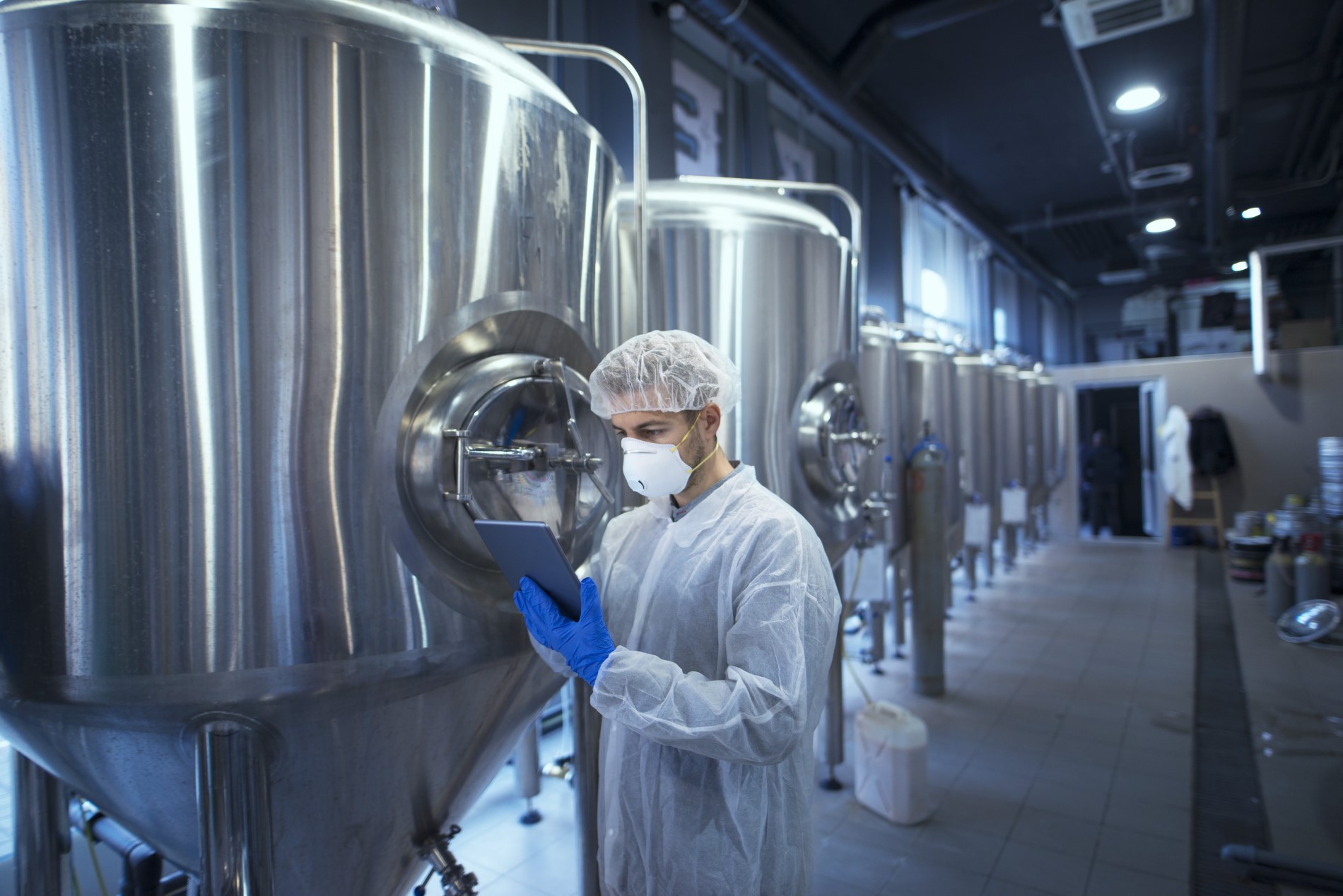
Ensuring the Safety of Facility Through Dust Explosion Test Data
“Could it be a problem if my powder has demonstrated 3mJ of minimum ignition energy and 256 bar.m/
